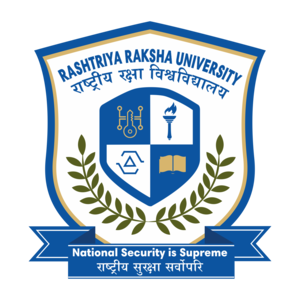NOTA: Should The Vote Count?
- Saarang Kaushik
- August 24, 2020
Content :
The crucial purpose of this article is to make the reader acquainted of the subject matter of NOTA i.e. (NONE OF THE ABOVE), its antiquity, evolution in India, critiques or appraisals by various scholars of the country, along with the comparative analysis of the NOTA or ‘protest petition’ with various countries’ legal systems and the implementation of the same. Democracy is the basic feature embedded in our Constitution sanctioning the arrangementof, only free and fair elections for entailing the perseverance of a healthy democracy in the country. The Supreme Court through the landmark writ petition directed a judgement to provide a ‘None of the Above’ (NOTA) option i.e. right to reject on the Electronic Voting Machine (EVMs) and ballot papers as a viable option to those voters in the elections, who aren’t keen to elect a particular candidate(s) for the purpose of the lack of confidence regarding the inability to run the country or the constituency as par the interests of the general public, proving the fact that by casting a NOTA protest vote against, a binding force is enforced within a political party to put up a deserved candidate for the election, out of the indirect dissent of the people. This article also dwells several aspects and implications of the NOTA (None of the above) option from the 2013 PUCL judgement,from several real life illustrations of that in India, and the other nations accustomed with the same. Again, the figures as to votes availed by NOTA has also been showcased in this article for the resolution of making the reader acclimatize the advancement of NOTA in the Lok Sabha elections of both 2014 and the latest 2019 and the deductions have also been drawn for the same.












